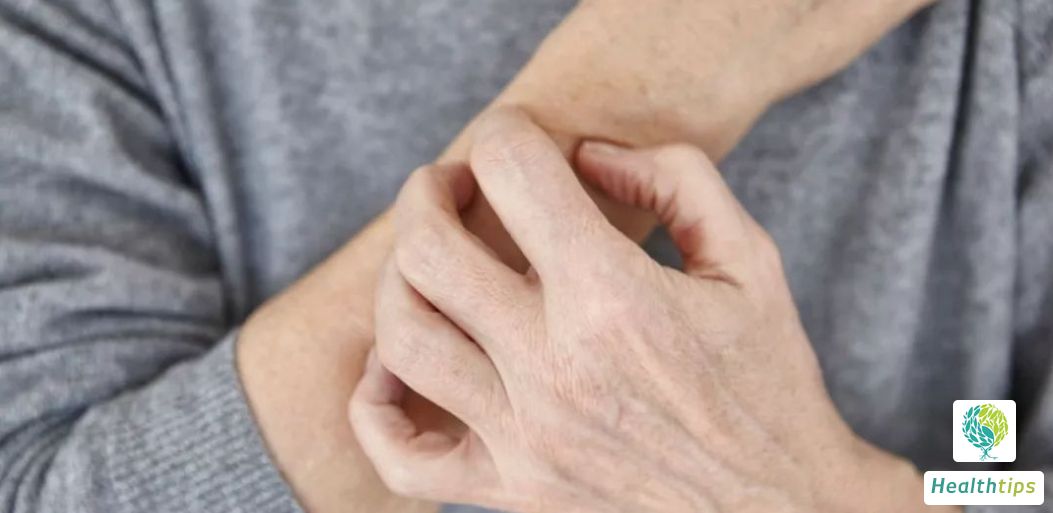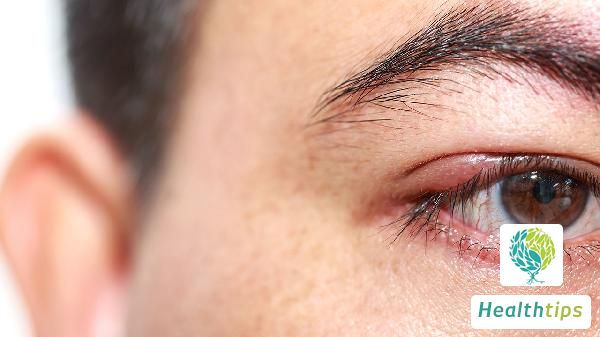What Could Be the Cause of a Hard Lump Under the Skin?
The presence of a hard lump under the skin is primarily judged based on its location, symptoms, and other factors to determine its etiology. Lymphadenopathy mainly occurs in the neck and groin, while lipomas can appear anywhere on the body's skin. Verruca vulgaris and fibroids mainly appear on the limbs and breasts. Therefore, when a hard lump appears under the skin, it is necessary to undergo timely examination to ensure its benign or malignant nature.

Lymphadenopathy is very common and can occur in people of any age group, often associated with various diseases, both benign and malignant. Here, we will discuss the common causes of lymphadenopathy. Most cases have obvious infection foci, often presenting as localized lymphadenopathy with pain and tenderness. The diameter is generally not more than 2-3 cm, and it may shrink after anti-inflammatory treatment. Groin lymphadenopathy, especially the presence of flat lymph nodes without changes for a long time, is often of no significant importance.
Lipomas are tumors that commonly occur on the shoulders, back, buttocks, and inner thighs, with head lesions also being common. Lipomas located within the subcutaneous tissue vary in size and are mostly flat-round or lobulated with clear boundaries. If the boundary is indistinct, it is necessary to be vigilant for the possibility of a malignant lipoma. The tumor is soft and elastic (distinguishing it from larger cysts), and some may have a pseudo-fluctuant feel.
It may be verruca vulgaris, which is generally caused by infection with the human papillomavirus, resulting in abnormal proliferation of skin tissue in the affected area, accompanied by a certain degree of keratinization. The surface of this type of lump may be rough and tough in texture.
It could also be a fibroid on the surface of the skin, which is generally tough in texture but lacks hairy or spiny changes. In addition, there may be subcutaneous nodules, cysts of the skin and soft tissue, and tendon sheath cysts under the skin surface.



















